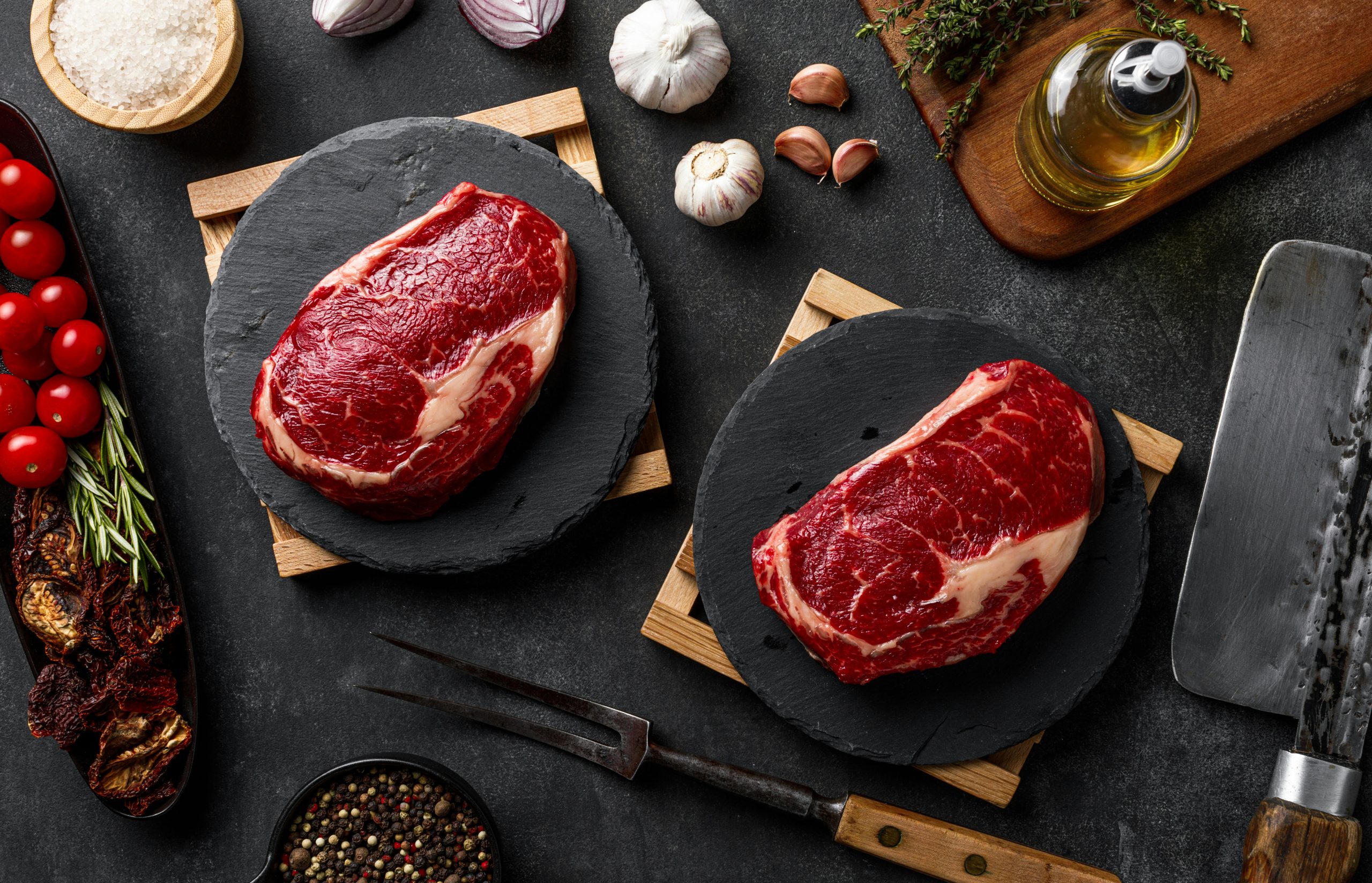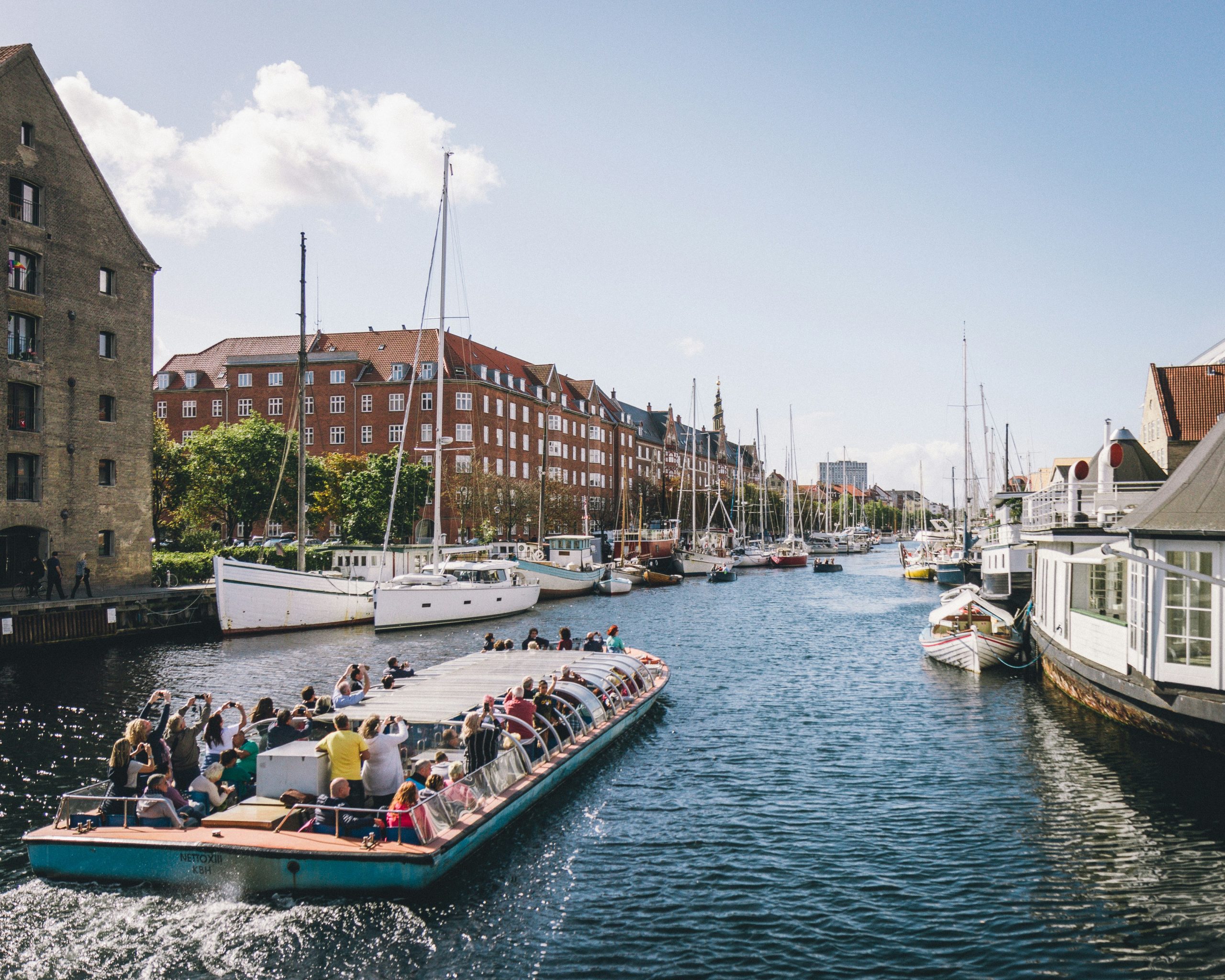Food Lover’s Guide for a Vacation to Spain and Portugal
The aroma of fresh churros dipped in thick chocolate fills morning air while evening brings sizzling garlic shrimp and wine that tastes like Portuguese sunshine captured in a glass. Spain and Portugal offer food experiences that transcend simple meals, creating memories through flavors that linger long after returning home. These neighboring countries share Iberian heritage yet maintain distinct culinary identities worth exploring slowly, deliberately, and with appetite enough to embrace every tasting opportunity. The food alone justifies the journey, but combined with stunning architecture, warm hospitality, and landscapes ranging from Mediterranean beaches to ancient hillside villages, the experience becomes transformative.
Planning a food-focused vacation to Spain and Portugal requires understanding regional specialties, timing visits around meal customs that differ dramatically from typical dining schedules, and knowing which dishes represent authentic local cuisine versus tourist traps. Spaniards eat dinner at 10 PM while Portuguese prefer earlier meals. Tapas culture in Spain encourages grazing through multiple small plates while Portuguese portions arrive generous and hearty. Each region boasts signature dishes that locals consider mandatory tasting experiences, from Basque pintxos to Lisbon’s custard tarts, Andalusian gazpacho to Porto’s francesinha sandwiches. Missing these regional treasures means missing the soul of each place.
The culinary journey through Spain and Portugal tells stories of maritime exploration, Moorish influence, agricultural abundance, and fierce regional pride that manifests through food preparation passed down through generations. Understanding what to eat, where to find it, when to arrive, and how to order creates the difference between tourist dining and genuine immersion in food cultures that take eating seriously as both art form and social glue binding communities together.
Two Countries, One Unforgettable Culinary Journey
Spain and Portugal are located on the Iberian Peninsula in southwestern Europe. Spain occupies most of the peninsula and is bordered by Portugal to the west, France and Andorra to the northeast, and the Mediterranean Sea and Atlantic Ocean. Portugal is on the western edge of the peninsula, bordered by Spain to the north and east and the Atlantic Ocean to the west and south.
A journey through Spain and Portugal is a dream come true for food lovers, where every region tells a story through its ingredients, traditions, and cooking styles. These neighboring countries offer contrasting yet complementary culinary identities—Spain with its bold flavors and diverse tapas culture, and Portugal with its soulful comfort dishes and deep seafood heritage. This guide explores the dishes, dining traditions, and must-try experiences that turn a vacation here into a true gastronomic adventure.
Regional Specialties to Try First in Spain and Portugal
Spain and Portugal’s cuisines vary dramatically by region, making each stop a new tasting opportunity. In Spain, the seafood-rich Basque Country, the smoky flavors of Andalusia, and the saffron-infused dishes of Valencia each showcase unique culinary signatures. Portugal brings its own regional gems, from Porto’s hearty meat stews to Algarve’s fresh grilled fish seasoned simply with olive oil and sea salt. Private tours of Spain and Portugal offer a personalized way to explore the Iberian Peninsula, allowing travelers to enjoy tailored itineraries, flexible schedules, and exclusive experiences.
Tapas and Petiscos: Essential to Iberian Local Food Culture
In Spain, tapas represent a social dining ritual—small plates that encourage sharing, conversation, and hopping between bars. You might enjoy patatas bravas at one tavern, then move on to gambas al ajillo at another. Portugal mirrors this with petiscos, equally delightful small bites such as cod fritters, chorizo, and marinated olives. These two traditions not only let you sample multiple flavors at once but also offer an authentic glimpse into local lifestyle and evening culture.
Seafood Dishes That Define the Iberian Coastal Experience
With long coastlines on both sides of the peninsula, Spain and Portugal boast some of Europe’s freshest seafood. Spanish favorites include octopus a la gallega, grilled sardines, and paella marinera bursting with shellfish. In Portugal, cod—bacalhau—rules the menu, prepared in hundreds of ways, from creamy casseroles to crispy croquettes. Coastal towns serve simple yet exceptional dishes where the star is always the ocean’s natural flavor.
Traditional Desserts That Add a Sweet Chapter to the Iberian Journey
Desserts in both countries reflect centuries of culinary heritage influenced by monasteries, trade routes, and local ingredients. Spain tempts you with churros dipped in thick chocolate and Catalan cream flavored with citrus. Portugal, meanwhile, is famous for pastéis de nata—silky custard tarts with a caramelized top—and almond-based sweets from the Algarve. These desserts offer a comforting and nostalgic end to every meal, often enjoyed with a coffee or dessert wine.
Drinks That Best Complement Iberian Local Food
Spain’s culinary scene pairs beautifully with its wine culture—Rioja reds, sparkling cava, and Andalusia’s sherry varieties. Portugal offers equally impressive options: Vinho Verde with its refreshing finish, rich Port wines from the Douro Valley, and ginjinha, a sweet cherry liqueur popular in Lisbon. These drinks elevate the dining experience, each enhancing the flavors of regional dishes and adding depth to your culinary journey.
Key Takeaways
- Private tours of Spain and Portugal offer diverse regional cuisines that make every destination feel like a new tasting experience.
- Tapas in Spain and petiscos in Portugal provide a fun, social way to sample multiple flavors.
- Seafood—especially cod in Portugal and shellfish dishes in Spain—is essential for coastal dining.
- Traditional desserts such as Spanish churros and Portuguese custard tarts are must-try sweets.
- Local wines and signature drinks perfectly complement the culinary traditions of each region.
Savor Every Bite of Your Iberian Adventure
Spain and Portugal reward food lovers with diverse regional cuisines that demand exploration beyond major cities. Barcelona’s markets overflow with fresh seafood and jamón ibérico. San Sebastian delivers pintxos bar hopping experiences. Madrid’s centuries-old taverns serve cocido madrileño and roasted suckling pig. Seville offers fried fish and gazpacho perfection. Lisbon’s pastel de nata requires multiple daily tastings from different bakeries. Porto’s riverside restaurants serve francesinha and port wine. The Algarve provides grilled sardines steps from beaches. Galicia delivers octopus and Albariño wine that pairs perfectly.
Timing meals correctly enhances experiences dramatically. Breakfast remains light with coffee and pastries. Lunch happens between 2 PM and 4 PM as the main meal. Dinner starts at 9 PM or later. Tapas and petiscos fill afternoon and evening gaps. Markets open early for freshest selections. Reservations become essential at popular restaurants especially during peak season. Cash remains preferred at traditional establishments despite card acceptance increasing.
The memories created through food become the vacation’s lasting treasures. Flavors transport back to cobblestone streets and sunset views over terracotta roofs. Each bite tells stories of place, history, and people who take immense pride in feeding others well. Spain and Portugal don’t just offer food. They offer belonging through shared tables, generous portions, and hospitality that treats every guest like family worth feeding properly.






